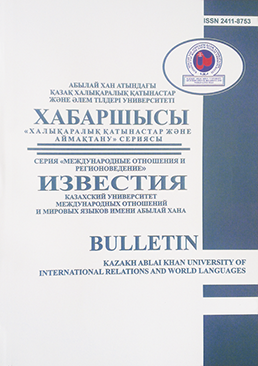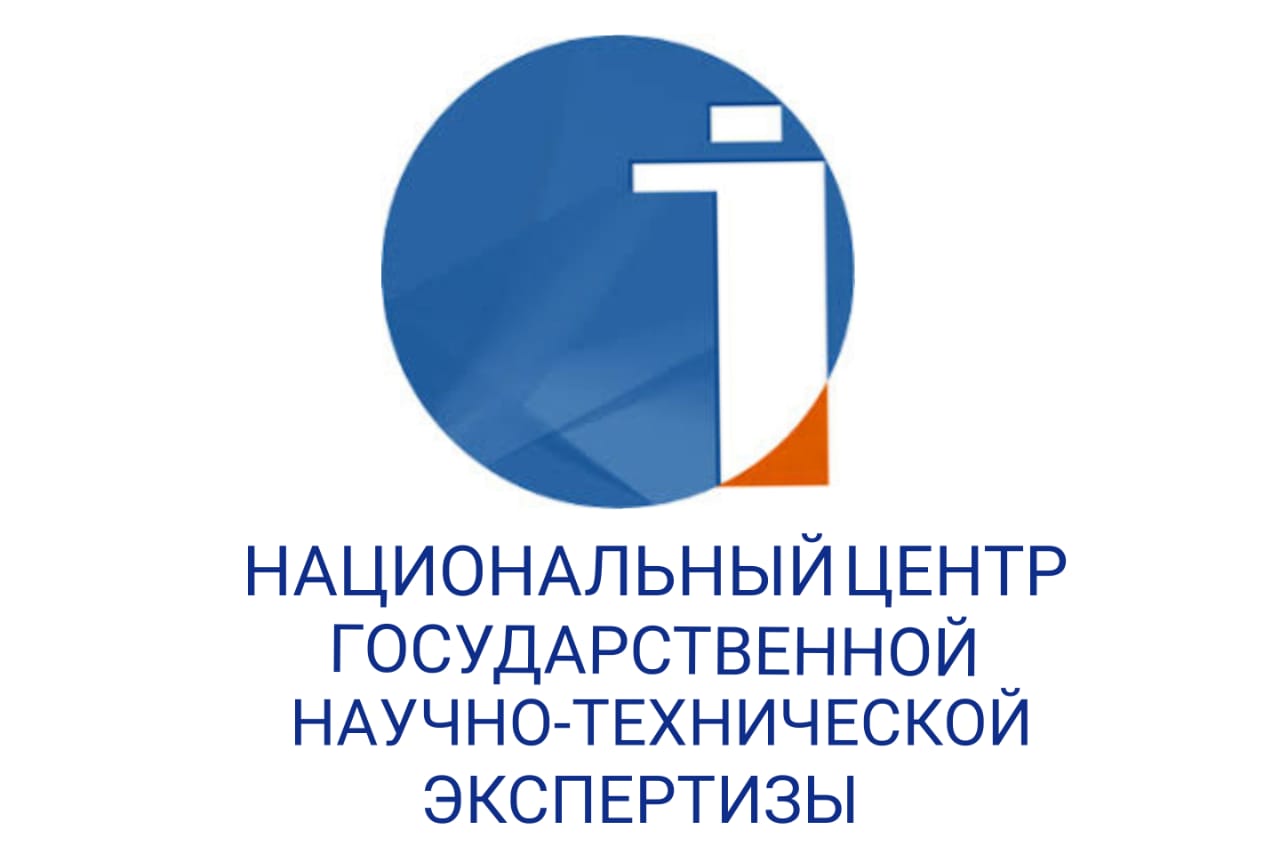WHAT PLACE DID THE STATE UNIFORM OCCUPY KHANATES AND THE TITLE OF KHAN IN CENTRAL ASIAN "REPERTOIRE" OF POLITICAL INSTRUMENTS OF THE XIX-XX CENTURIES?
DOI:
https://doi.org/10.48371/ISMO.2021.44.2.003Keywords:
Mongol Empire, Central Asia, khanate, title of KhanAbstract
The political form of the institution of power in Central Asia has its own distinctive characteristic: the form of the khanate or the title of khan, created by the Turks. Genghis Khan, having accepted this institution of power, founded the Mongol Empire. The institution of the khanate, which existed in Central Asia in the Х century, competed with other forms of political power: the Persian title of shah, the Arabic title of emir, sultan, bey and beylik. The dynamics of changes in the state form of the khanate, caused by geopolitical changes in the second half of the XVIII century, is shown. And the 19th century reinforced this dynamic due to tsarist colonization and the weakening of the Central Asian states. The khanate and the title of khan continued to present political prominence, but their foundation changed. Gradually, the khanate ceased to appear as a political form that could correspond to the new geopolitical context and changes in Central Asian societies. Today, the concepts of "khanate" and "title of khanate" do not represent a real political alternative.







